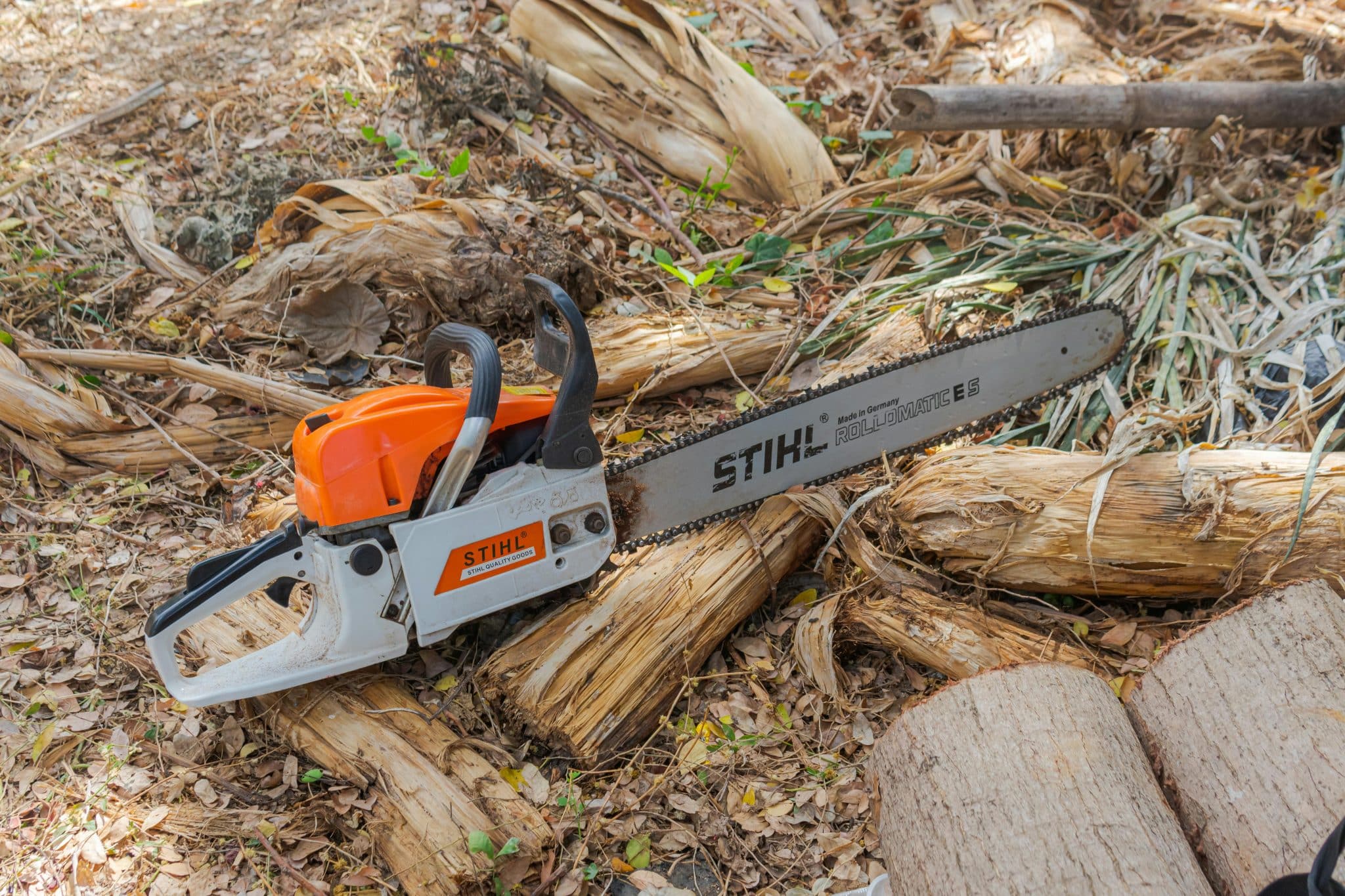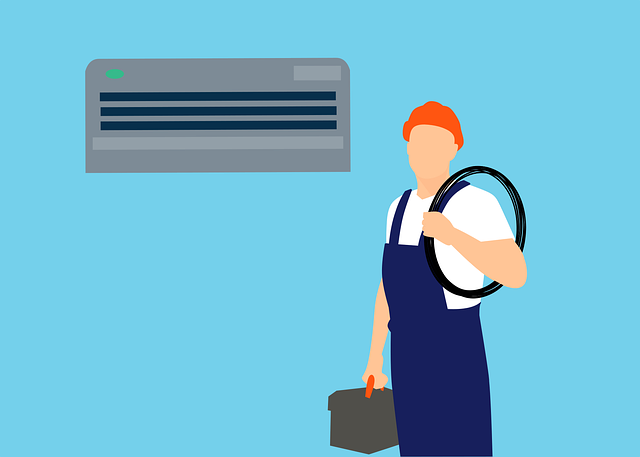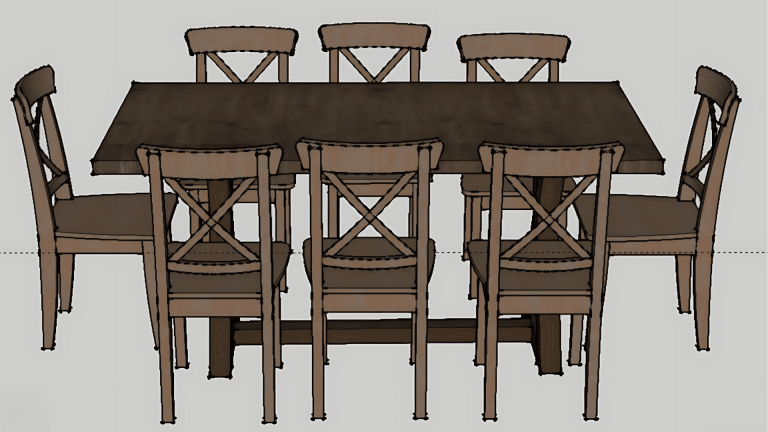Chainsaw Parts: What You Don’t Know Could Hurt You
Let’s be real, chainsaws are terrifyingly awesome. One minute you’re trimming branches, the next you’re feeling like a lumberjack from an action movie. But here’s the thing: these machines don’t mess around. If you don’t understand how they work, you’re not just risking a bad cut, you’re risking a trip to the ER.
We learned this the hard way when our chainsaw kicked back and nearly took off a team member’s thumb. Since then, we’ve made it my mission to really get how these beasts operate. And guess what? Knowing your Chainsaw parts inside out doesn’t just make you safer, it makes the job easier, too.
So let’s talk about parts, not just what they do, but why they matter in ways most people don’t think about.
The Chain: It’s Not Just About Sharpness
Most people assume a sharp chain = a good cut. And yeah, that’s true… but there’s more to it.
- Teeth Geometry – Not all chains are the same. Full-chisel teeth cut faster but dull quicker. Semi-chisel stay sharper longer but don’t rip as aggressively. If you’re cutting clean wood, go full-chisel. For dirty or frozen wood? Semi-chisel.
- Gullet Depth – That little curved space between teeth? It’s where the sawdust goes. Too shallow, and your chain clogs. Too deep, and you lose cutting power.
- Kickback Danger – The top quarter of the bar is where most kickback happens. Modern “low-kickback” chains help, but nothing replaces proper handling.
Pro Tip: A loose chain is a dangerous chain. Check tension every 15-20 minutes of use, heat makes it stretch.
The Bar: Why Oil Matters More Than You Think
The bar isn’t just a metal stick, it’s the runway for your chain. And if it’s not lubricated? Disaster.
- Bar Grooves – Over time, dirt and sawdust pack into the grooves where the chain rides. If you don’t clean them, friction builds up, and your chain slows down or even snaps.
- Uneven Wear – Flip your bar every few uses. If you don’t, one side wears faster, and your cuts start veering like a drunk driver.
- Oil Holes – Clogged oil holes mean a dry chain. And a dry chain? It’ll overheat, stretch, and possibly break mid-cut.
Fun Fact: Some pros run vegetable-based bar oil in eco-sensitive areas. It’s stickier and doesn’t fling off as much.
The Engine: Small but Mighty (When Treated Right)
Chainsaw engines are like high-strung athletes, powerful but temperamental.
- Air Filter – A clogged filter makes your saw run rich (too much fuel), which bogs it down. In dusty conditions, check it every hour.
- Carb Adjustments – Most saws have three screws: idle, low speed, high speed. If your saw bogs or screams too high, it’s not “just how it is”, it needs tuning.
- Fuel Mix – Wrong oil ratio? Too lean fries the piston. Too rich gums up the spark plug. Stick to the manual’s specs like your life depends on it (because it kinda does).
Warning Sign: If your saw dies at full throttle but runs fine at idle, the carb’s high-speed jet is probably clogged.
The Clutch & Sprocket: The Unsung Heroes
Nobody talks about these until they fail, then it’s all they talk about.
- Centrifugal Clutch – When the engine spins fast enough, weights fling out and engage the chain. If your chain spins at idle, the clutch springs are worn.
- Sprocket Wear – A worn sprocket makes the chain ride unevenly, causing jerky cuts. Replace it every 2-3 chains, or when you see deep grooves.
Weird Trick: Some old-timers soak their clutch drums in diesel overnight to clean out gunk. Works shockingly well.
Safety Features You Should Never Disable
We get it, sometimes those safety features feel annoying. But they exist because people lost fingers figuring this out.
- Chain Brake – Stops the chain instantly if kickback happens. Test it by pushing the handle forward while running, if the chain doesn’t stop, fix it before using.
- Throttle Lock – Prevents accidental revving. If yours is sticky, don’t just remove it, clean or replace it.
- Vibration Dampeners – Not exactly “safety,” but long-term vibration exposure causes nerve damage. If your saw feels buzzier than usual, check the mounts.
Conclusion
A chainsaw isn’t just a tool, it’s a force of nature in your hands. The difference between a smooth cut and a disaster often comes down to tiny, overlooked parts.
So next time you fire yours up, take a second to check:
- Is the chain tight but not too tight?
- Is oil actually reaching the bar?
- Does the engine sound smooth at all speeds?
Because here’s the truth: Chainsaws don’t fail randomly. They give warnings. And if you know what to listen for, you’ll stay safe, and keep all your fingers.








